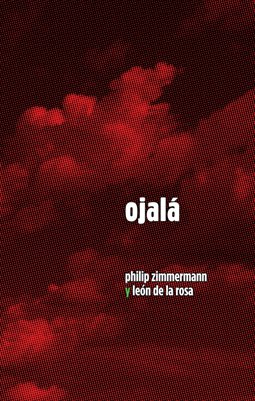Molly had been intrigued by the fact that Keith called Book 91, one of his best photography books, despite that there were no photographs in the book, indeed no printing at all. One of the things that Keith was commenting on was that the word photography translates from the Greek as "drawing with light". Book 91 uses string, punched pages, and the use of cast shadow, and even sound, in carefully sequenced pages.
Keith gave precise instructions on how to view the book, under raking light. The images above were taken by me in 1983, of Keith "performing" the book.
The book is highlighted in Keith Smith's retrospective show at the Philadelphia Museum of Art, a show that is still up until July 2018. A beautiful video of the book was made by the PMA for the show. It was done in the manner of a Japanese No play, with two figures dressed all in black. Their physical forms disappear into the black background, but they have white gloves on to turn the pages, and the white gloves are the only things that show up, other than the book and the pages.
Molly Kalkstein's presentation was really interesting, and had interesting historical comparisons between Keith's non-image photobooks and the work of Moholy-Nagy, Duchamps, and Man Ray. The next week, (last Saturday) Molly traveled to Rochester, where she gave the same paper at the annual Photo History Conference at RIT. Her capsule description of the talk is as follows:
Since 1967, Keith A. Smith (b. 1938) has made over three hundred artist’s books, combining a diverse range of media and inventive approaches to book structure and content. As a student, Smith worked closely with photographers Arthur Siegel and Aaron Siskind, and was later recruited by Nathan Lyons to teach at the Visual Studies Workshop in Rochester.
Despite these formative connections, Smith’s engagement with the medium of photography has been ambivalent, a tension that is nowhere more evident than in his so-called “no-picture books.” These thirty-six inkless books, characterized by the use of torn or punched paper and strung pages, include no photographs, no images of any other kind, and no text, and yet Smith has regularly referred to them as photographic books. To date, however, there has been no scholarship examining their status as such.
This paper proposes that the no-picture books draw on fascinating historical debates about the technical and conceptual basis of photography itself, from the lineage of cameraless photography to László Moholy-Nagy’s curricula at the New Bauhaus and Institute of Design. I also examine Smith’s engagement not only with specifically photographic principles, but with an even broader array of sensory and durational concerns. Like Robert Rauschenberg’s notorious White Paintings, from which this paper takes its title, I argue that the pages of the no- picture books are not truly empty, but are rather embedded with latent images that appear only when the book is opened, and that vary according to the reader and the day.
Molly will be giving this presentation again for the January College Book Art Association (CBAA) Meeting here in Tucson, AZ. The theme for the meeting is The Photographic Artists' Book, and this presentation should be a provocative addition to the program.





